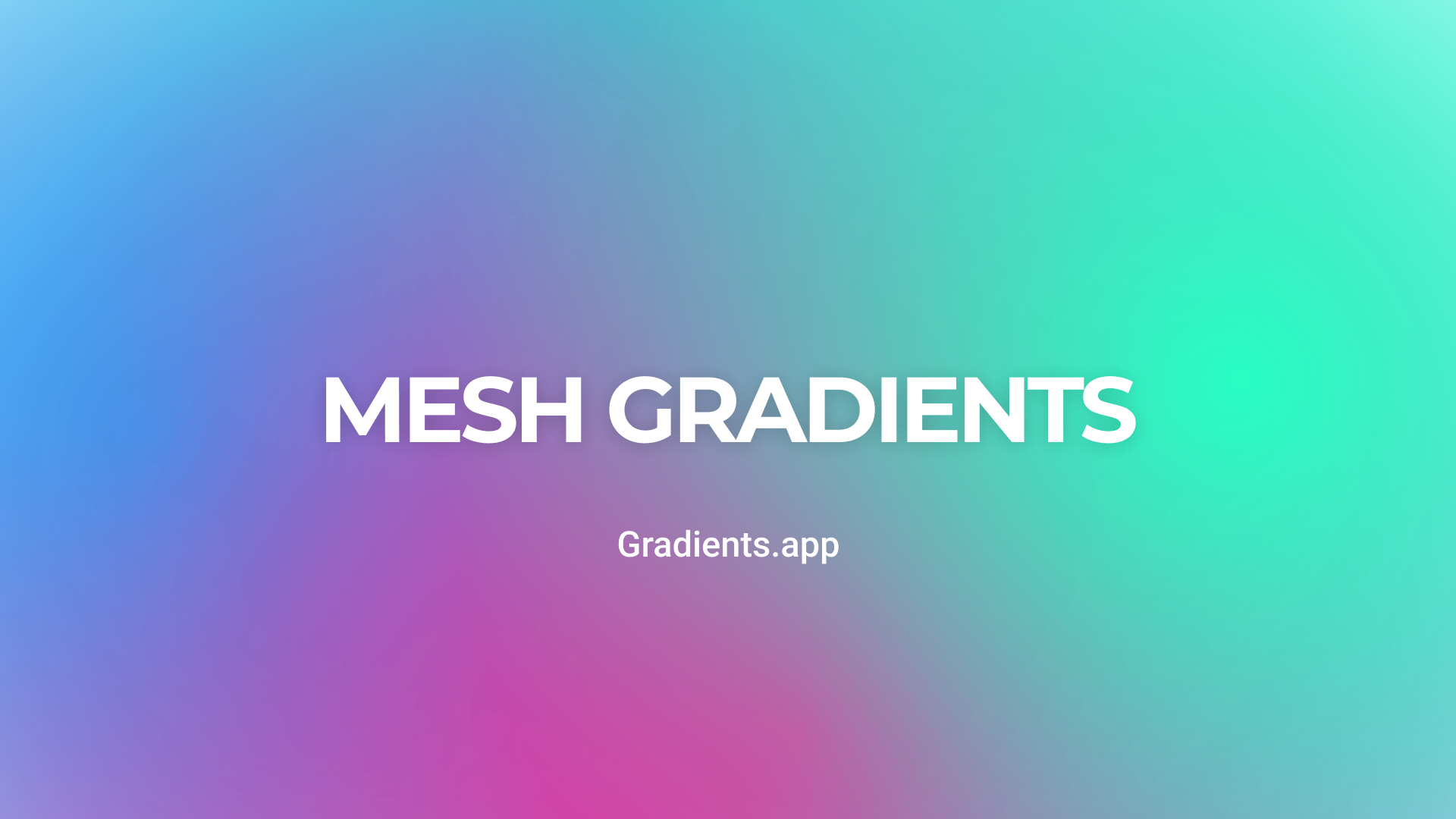Color Models: RGB, CMYK, HSB, and LAB

A color model is a method for describing and representing colors in digital and print formats. It helps define how colors should be displayed and interact on digital devices or printed materials.
Color models help avoid mismatches and maintain a consistent perception of color across different media. Brand books specify brand colors for both digital and print media to ensure accurate color reproduction under any conditions.
Each system serves different purposes: RGB provides accurate color display on screens, CMYK ensures quality reproduction on print materials, HSB offers detailed control over color perception, and LAB ensures precise color representation across all media.

RGB: Basics for Digital Projects
RGB (Red, Green, Blue) is a color system for displaying colors on screens. Monitors, smartphones, televisions, and other digital devices mix three primary colors (red, green, and blue) to create various shades. RGB works based on the principle of additive color mixing: the higher the intensity of each component, the brighter and lighter the resulting color.
When all colors are mixed at their maximum values, the result is white (RGB(255, 255, 255)), while mixing them at their minimum values produces black (RGB(0, 0, 0)).
RGB supports hexadecimal color notation (HEX), which is used in web development. For example, a color can be defined as #FF5733, where each pair of characters represents the value for the red, green, and blue components in a range from 00 to FF.

CMYK: The Optimal Choice for Printing
CMYK (Cyan, Magenta, Yellow, Key/Black) is a color model used in the printing industry. CMYK is based on the principle of subtractive color mixing: as each component is added, it reduces the amount of light reflected by the surface, which creates the desired shades. This system is ideal for creating printed materials such as posters, flyers, and business cards.
Example notation: CMYK (0%, 66%, 80%, 0%)
When working with CMYK, designers need to consider that colors may appear less bright than in RGB. Therefore, if a project is intended for print, it's important to work in CMYK from the start or convert colors from RGB to avoid quality loss when transitioning from digital to print format.

HSB: Hue, Saturation, and Brightness
HSB (Hue, Saturation, Brightness) is a model often used to describe colors in terms of human perception. It consists of three components: hue, saturation, and brightness. Hue determines the basic color (e.g., blue or red), saturation indicates how intense the color is, and brightness represents the lightness or darkness level.
Example notation: HSB (14, 80%, 100%)
The HSB model is used in graphic editors for convenient color selection based on human perception. For example, you can reduce the saturation to make the color more pastel or increase the brightness to make an image lighter.

LAB: A Universal Color System
LAB is used in color correction and for converting colors between different color spaces (e.g., from RGB to CMYK) because it minimizes color distortion. This is crucial for branding projects where maintaining an exact shade across all media — both digital and print — is critical.
Example notation: LAB (53, 80, 67)
In LAB, color is described by three parameters: Lightness (L) and two color channels — A (ranging from green to red) and B (ranging from blue to yellow).
LAB (53, 80, 67) — the value 53 represents the lightness level, 80 indicates saturation in the green-red channel, and 67 indicates saturation in the blue-yellow channel.







